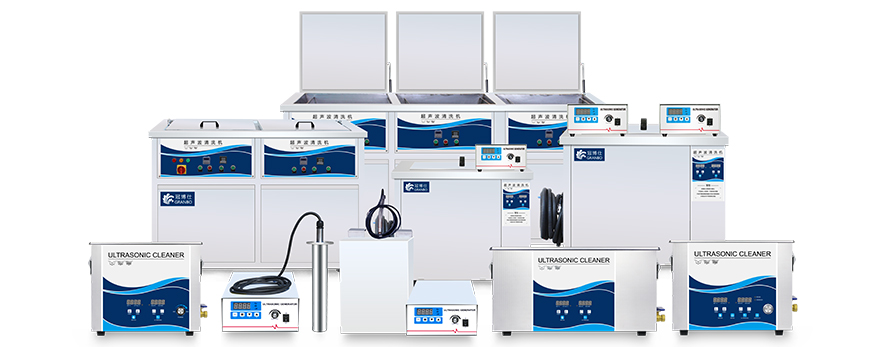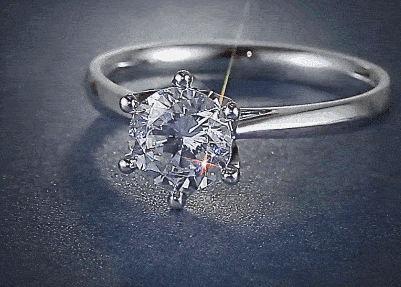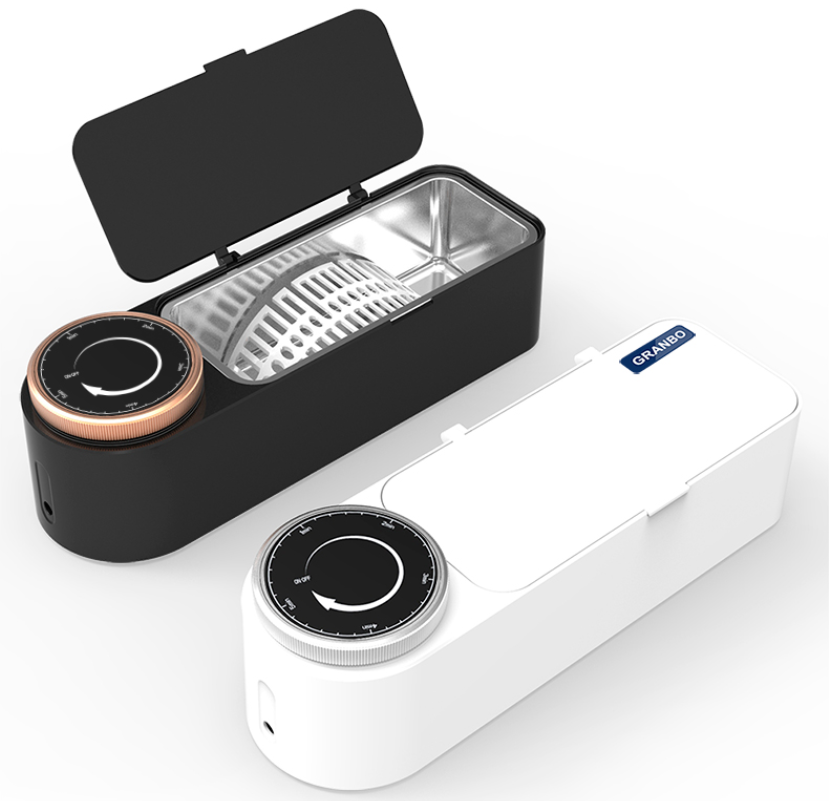In the process of ultrasonic cleaning, selecting the right cleaning solution is crucial for ensuring effective cleaning outcomes. There are various formulations of ultrasonic cleaning solutions designed to meet specific cleaning needs. In this article, we will explore whether acetone can be used as a medium for ultrasonic cleaning and under what circumstances it is safe and effective to do so.
Basic Principles of Ultrasonic Cleaning
The working principle of an ultrasonic cleaner involves a process known as cavitation, which is defined as the implosion of millions of tiny vacuum bubbles within the solution-filled cleaner tank. These bubbles are produced by a transducer vibrating at ultrasonic frequencies, such as 37,000 cycles per second (37 kHz). When these bubbles come into contact with the items to be cleaned, they burst violently yet safely, effectively removing contaminants.
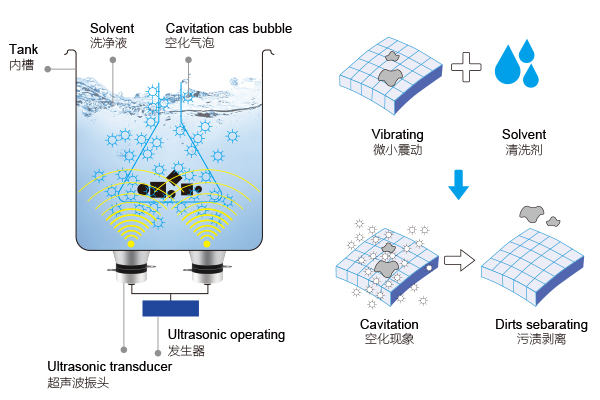
Suitability of Acetone as an Ultrasonic Cleaning Medium
Acetone is a potent solvent widely used in industrial and laboratory settings due to its excellent degreasing and cleaning capabilities. In ultrasonic cleaning, acetone can be employed to remove stubborn grease, oil, and certain types of residues. Its volatile nature ensures that no residue is left on the items after cleaning.
However, using acetone as an ultrasonic cleaning solvent must be approached with caution because:
- Material Compatibility: Not all materials can withstand the strong solvent properties of acetone. Certain plastics and rubbers may dissolve or become damaged in acetone.
- Safety Considerations: Acetone is highly flammable, requiring good ventilation and appropriate fire safety measures during use.
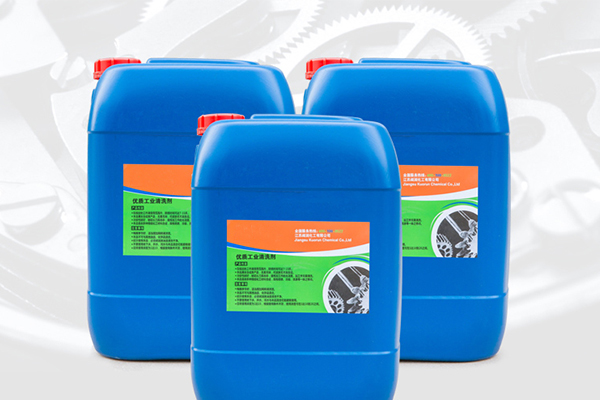
Precautions When Using Acetone
Before considering acetone as an ultrasonic cleaning solvent, ensure the following:
- Verify Material Compatibility: Check the material composition of all items to be cleaned to ensure they can safely come into contact with acetone.
- Safe Operation: Perform operations in well-ventilated areas to prevent the accumulation of acetone vapors, and use fire prevention measures.
- Post-Cleaning: Although acetone evaporates quickly without leaving residues, ensure that all components are thoroughly checked and completely dry with no acetone residue after cleaning.
In summary, while acetone can be used in ultrasonic cleaning to provide effective cleaning results, careful consideration of material compatibility and operational safety is necessary. For situations where the use of acetone is uncertain, it is advisable to consult the equipment manufacturer or conduct small-scale testing to ensure safety and efficacy.

